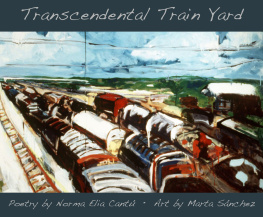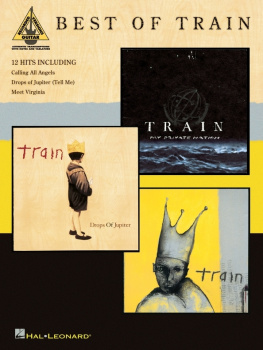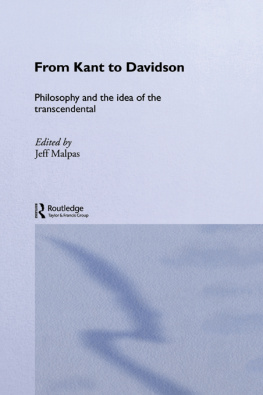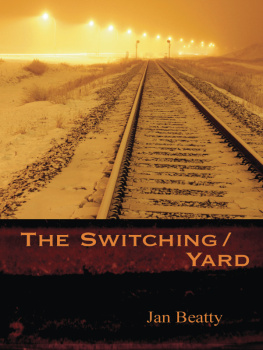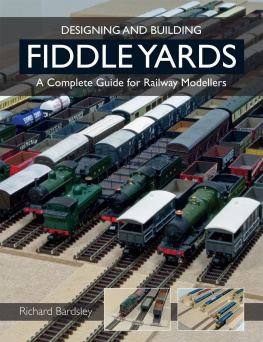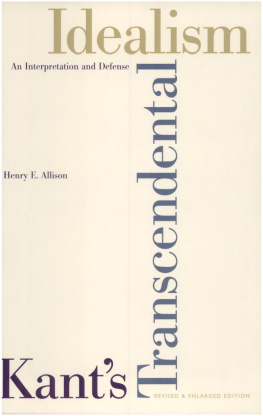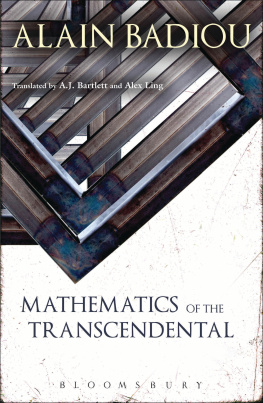$22.95
The importance of trains and train yards as an enduring image in American culture at large is undeniable. But to the Latina/o community, especially to Mexicans and Mexican Americans, that image is fraught with both death and hope. El tren de la muerte, the Death Train known as La Bestia, is the best-known conveyer of tragedy, carrying hundreds of thousands of migrants north. Along the way they suffer rape, robbery, and murder.
Yet trains also are symbols of hope and memory. As Dr. Toms Ybarra-Frausto writes, trains have become vehicles for meditations on absence and return, labor and celebration.
Artist Marta Snchez has been fascinated by trains and train yards her entire life. Even as a child, the nearby train yard provided her with images of a landscape alive with mysteries.
Poet and scholar Dr. Norma E. Cant also grew up beside the tracks on both sides of the border, raised on her grandfathers stories of traveling to exotic and racist towns as a railway worker during the Depression. Her poetry explores Snchezs images using her own memories as a map.
The visual and literary texts collectively produced by Marta Snchez and Norma E. Cant in the Transcendental Train Yard suite affirm the centrality of the railroad in Mexican and Mexican-American history and culture. Their expressionistic, dreamlike representations bring to consciousness reservoirs of feelings and primordial images from the Mexican collective unconscious. Ultimately, trains became vehicles for meditations on absence and return, labor and celebration, rootedness and uprootedness, homeland and immigration, and the human desires to belong and to find completion. This is what Tanscendental Train Yards does; it invites us to reminisce, to meditate on these issues and to dwell in our memories.
Tomas Ybarra-Frausto, Ph.D.
For Marta Snchez, trains and train yards are sites of struggle and wonder and dreams. They are transcendental loci, and it is through her journey and her art that she shows us the possibilities of discovering the nature of divinity and joy in the environment that surrounds us.
Constance Cortez, Ph.D.
In the work of Marta Snchez and Norma E. Cant, both the carpa and the railyard emerge as reoccurring dream images in which personal pleasures and collective traumas repeat themselves.
Peter Haney, Ph.D.

All artwork is by Marta Snchez and is used by permission of the artist.
First Edition
Hardback Edition ISBN: 978-0-916727-97-0
ePub ISBN: 978-1-60940-228-0
Kindle ISBN: 978-1-60940-229-7
Library PDF ISBN: 978-1-60940-230-3
Wings Press
627 E. Guenther
San Antonio, Texas 78210
Phone/fax: (210) 271-7805
On-line catalogue and ordering:
www.wingspress.com
All Wings Press titles are distributed to the trade by
Independent Publishers Group
www.ipgbook.com
Library of Congress Cataloging-in-Publication Data:
Snchez, Marta, 1959
Transcendental train yard : a collaborative suite of serigraphs / art by Marta Snchez ; poetry by Norma E. Cant ; preface by Toms Ybarra-Frausto ; supporting essays by Peter Haney and Constance Cortez. -- First edition.
pages cm
ISBN 978-0-916727-97-0 (hardback/cloth : alk. paper) -- ISBN 978-1-60940-228-0 (e-pub ebook) -- ISBN 978-1-60940-229-7 (mobipocket/kindle ebook) -- ISBN 978-1-60940-230-3 (library pdf)
1. Snchez, Marta, 1959---Themes, motives. 2. Railroads in art. 3. Mexican-American Border Region--Art. 4. Railroads--Poetry. 5. Mexican-American Border Region--Poetry. I. Cant, Norma E., 1947- II. Ybarra-Frausto, Toms, 1938- writer of preface. III. Haney, Peter. IV. Cortez, Constance, 1958- V. Title.
NE2237.5.S26A4 2015
769.92--dc23 2015019430
Printed in China.
Except for fair use in reviews and/or scholarly considerations, no portion of this book may be reproduced in any form without the written permission of the author or the publisher.
Contents
Transcendence
L uis Meza, my grandfather, worked for the Union Pacific Railroad as an upholsterer all his adult life. One of the benefits of that job was that, through his various friends at work, he could arrange a short train ride for me in any car that I selected. Of course, I chose the caboose. It was the end car and from that perspective you could see the whole train and the track up ahead until it disappeared into a vanishing point.
I leaned my head out the window and I dont know if it was the effect of the wind rushing past my ears or the rumble of the train or the mantra of the click-clack of the steel wheels against the rails, or maybe the combination of all three, but it was the first time that I had ever experienced this feeling that I would come to learn was called transcendence.
Thank you, Marta and Norma, for your work that let me experience this same feeling that I thought I was way too old for.
Cheech Marin
Comedian, actor, voice actor and art collector
Preface
Of Trains and Train Yards: Recuerdos y Memorias of San Antonio
Toms Ybarra-Frausto, Ph.D.
T he visual and literary texts collectively produced by Marta Snchez and Norma E. Cant in the Transcendental Train Yard suite affirm the centrality of the railroad in Mexican and Mexican-American history and culture. Their expressionistic, dreamlike representations bring to consciousness reservoirs of feelings and primordial images from the Mexican collective unconscious. The prints evoke pictorial sources such as the photographic chronicles of the Mexican Revolution compiled by Agustn Victor Casasola. Our mind organizes these photos like a film: we see trains carrying masses of soldiers, campesinos, and women soldaderas riding on top of railroad boxcars en route to battle fronts across the Mexican landscape during the cataclysmic days of the Revolution. I cant think of railroads without thinking about the life and work of Martn Ramrez, a Mexican immigrant and railroad worker who made art while imprisoned in mental hospitals. His hallucinatory landscapes center on images of trains that cross through tunnels and over bridges, joining fantasy and memory.
In Mexican collective memory, trains are perhaps the defining symbol of immigration. They took sons away from parents, and fathers away from wives and children. The same scenarios were duplicated in Mexican American communities throughout the Southwest as workers left the region to work on railroad crews doing back-breaking labor en el traque, laying rail tracks for railroad companies throughout the country. Many corridos use the train as a metaphor for separation while narrating the adventures and misadventures of laborers in the fields, factories, and train yards of an urbanizing United States. Men working on the railroad brought their families to the rail yards, where they lived and worked. Mexican American enclaves evolved into stable rail-side communities.
The reveries prompted by the railroad prints brought me back to my childhood. I grew up in the Westside colonias (neighborhoods) of San Antonio in the mid-1940s and 50s. Among the many happy memories of my elementary school days, one scene keeps recurring in the recesses of my mind. I remember being snugly warm in my bed on winter mornings, awake, yet lingering lazily, in no hurry to get to school. From the kitchen I hear the reassuring clop clop of my mothers palote (wood rolling pin) hitting the tabla (bread board) as she rolls out the masa (dough), to make the stack of flour tortillas for the day. In the distance the sound of a melancholy train whistle slowly fades away. In the safety of mi casa, all seems well with the world.
Next page
